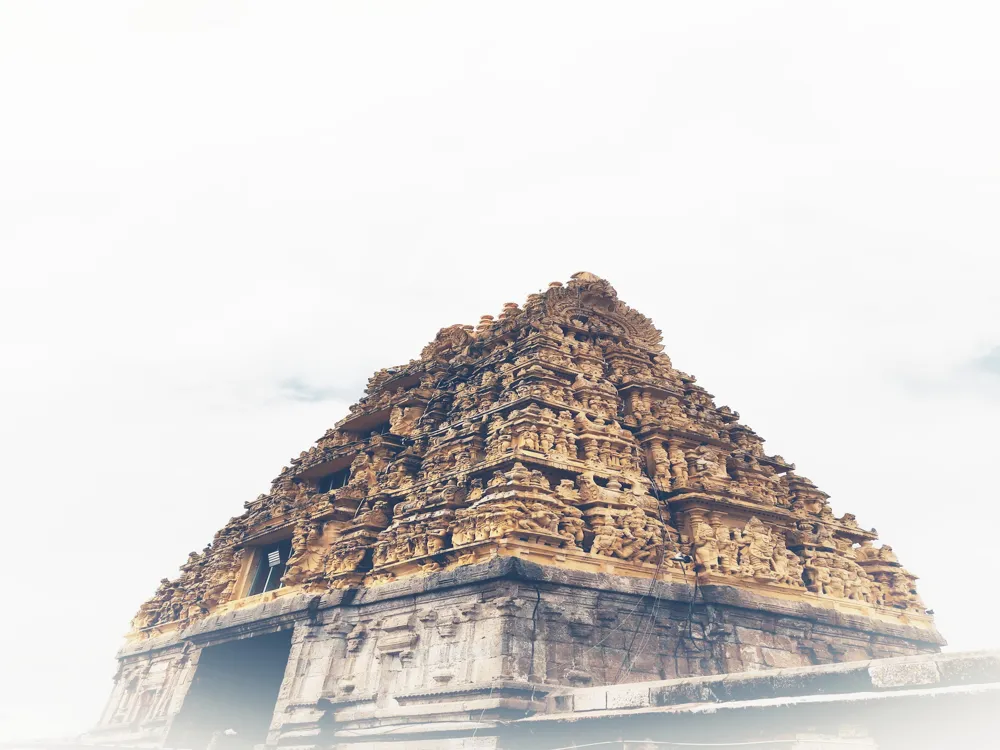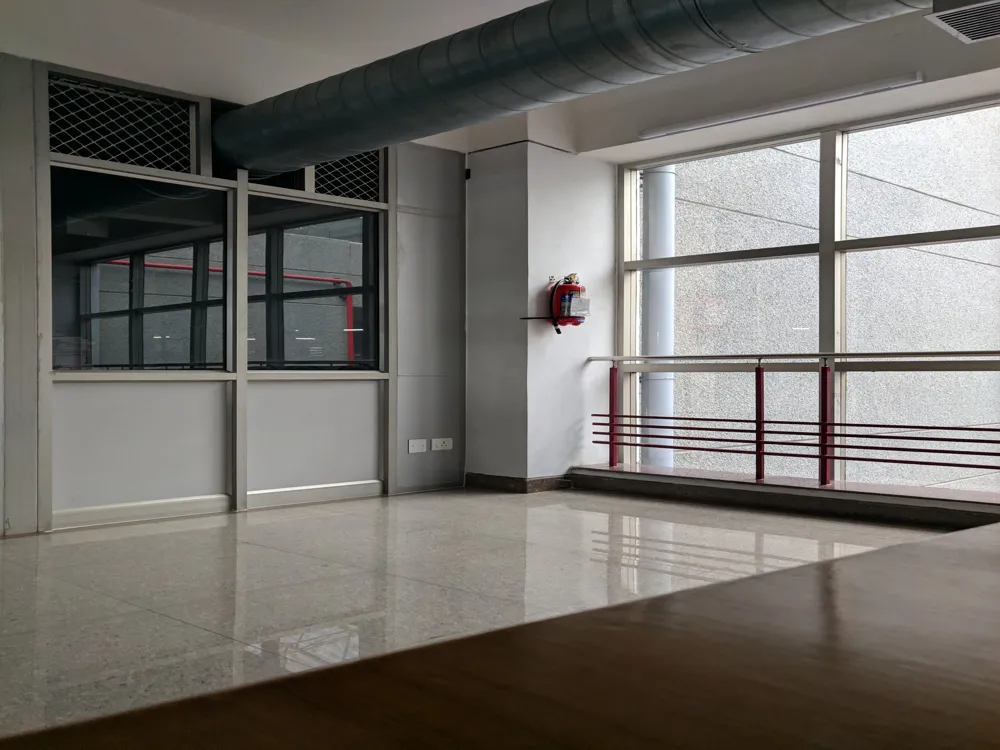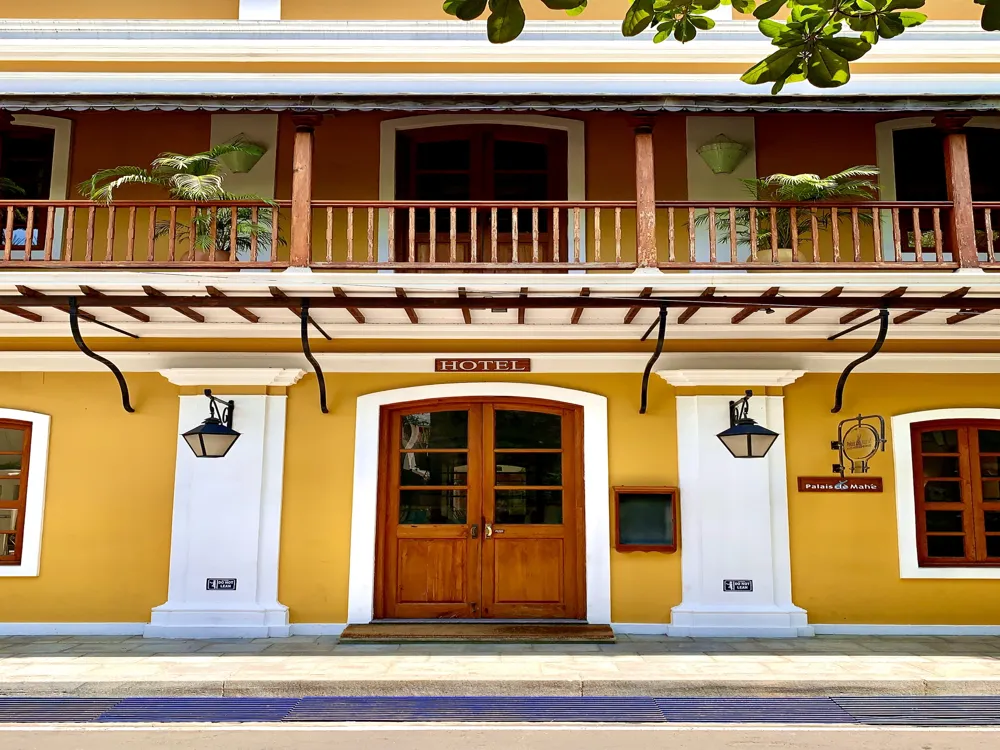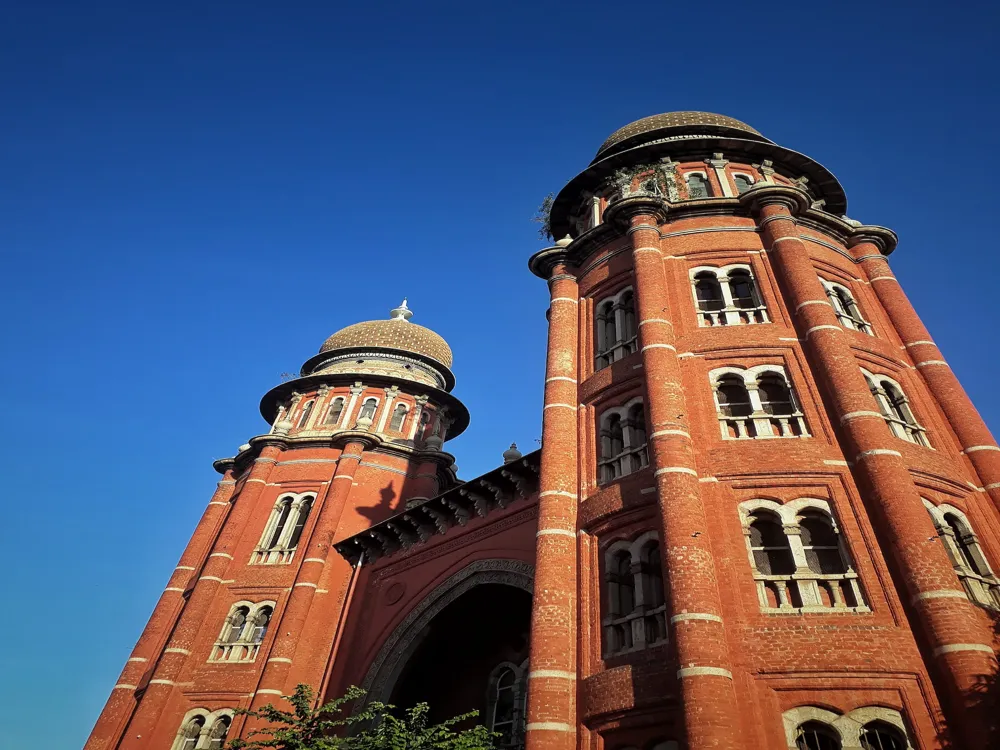Chittoor, a city in Andhra Pradesh, India, is a place of historical significance and vibrant culture. Located in the Poini river valley, it's known for its rich cultural heritage, temples, and picturesque landscapes. This city, acting as a gateway to the states of Tamil Nadu and Karnataka, is a melting pot of diverse traditions and historical events. Chittoor's economy thrives on agriculture, with crops like mango, sugarcane, and peanuts being predominant. The city's history dates back to the early medieval period, with influences from various dynasties like the Chola, Vijayanagara, and Maratha empires, which have left an indelible mark on its cultural fabric. Chittoor's history is a fascinating tapestry of events and influences. It was a prominent city under the rule of the Vijayanagara Empire, contributing to its rich architectural and cultural legacy. Post the decline of Vijayanagara, Chittoor witnessed the rule of the Marathas, the Nawabs of Arcot, and eventually the British, each era contributing uniquely to its cultural mosaic. The city's historical significance is not just limited to its rulers but also to its strategic location, which made it a hub for traders and missionaries over the centuries. Geographically, Chittoor is diverse. It's surrounded by hills and rivers, creating a scenic landscape that is both picturesque and agriculturally fertile. The city experiences a tropical climate, with hot summers and moderate winters, making it suitable for various types of vegetation and wildlife. This diverse topography has also contributed to a variety of outdoor activities, attracting tourists and nature enthusiasts alike. Chittoor is a true representation of cultural diversity. Festivals like Sankranti, Ugadi, and Deepavali are celebrated with great fervor, showcasing the city's rich traditions and customs. The cuisine of Chittoor is a delightful mix of flavors, with dishes like Biryani, Pulihora, and sweet delicacies like Payasam being popular among locals and tourists. The city also boasts of its traditional crafts and textiles, with silk sarees from Chittoor being renowned for their quality and craftsmanship. The architecture in Chittoor is a blend of various historical influences, reflecting the rich cultural heritage of the region. From ancient temples to colonial structures, the city's architecture tells the story of its diverse past. The influence of the Vijayanagara Empire is notably prominent in many of the temples, characterized by their intricate carvings and grandiose designs. The Dravidian style of architecture is evident in these temples, showcasing the skill and artistry of the craftsmen of that era. Temples in Chittoor are not just places of worship but also architectural marvels. The famous Kanipakam Vinayaka Temple, dedicated to Lord Ganesha, is a prime example of the Vijayanagara architectural style, with its towering gopuram and detailed sculptures. Similarly, the Sri Venkateswara Temple in Tirupati, near Chittoor, is an epitome of Dravidian architecture. These temples are not only religious centers but also hubs of cultural and social activities, playing a crucial role in the community's life. The British era brought a different architectural style to Chittoor. Colonial buildings, characterized by their sturdy structures and European designs, can be seen in parts of the city. These buildings, often constructed for administrative purposes, stand in contrast to the traditional Indian architecture, reflecting the colonial history of the region. In recent years, Chittoor has seen modern architectural developments. The city is evolving with contemporary designs, yet maintaining a balance with its traditional roots. This blend of old and new is what makes Chittoor's architecture unique and fascinating. The ideal time to visit Chittoor is between October and March. During these months, the weather is pleasant, making it perfect for sightseeing and exploring the outdoors. Chittoor is well-connected by road and rail. Auto-rickshaws and taxis are the most convenient ways to get around the city. For an authentic experience, try the local bus service. From budget hotels to luxury resorts, Chittoor offers a range of accommodation options. It's advisable to book in advance, especially during festival seasons. When visiting temples, dress modestly and respect the local customs. It's also recommended to learn a few phrases in Telugu, the local language, to interact with residents. Don't miss out on trying the local cuisine. Chittoor's biryani, sweets, and vegetarian dishes are a must-try for any food enthusiast. Chittoor is easily accessible by various modes of transportation. The nearest airport is in Tirupati, about 60 km away. The city is well-connected by train to major cities like Bangalore, Chennai, and Hyderabad. Road connectivity is also excellent, with several buses and taxis plying to and from neighboring cities and states.Overview of Chittoor, Andhra Pradesh
Historical Significance
Geographical Landscape
Cultural Melting Pot
Architecture of Chittoor
Temple Architecture
Colonial Influence
Modern Developments
Tips When Visiting Chittoor
Best Time to Visit
Local Transportation
Accommodation Options
Cultural Etiquette
Local Cuisine
How To Reach Chittoor
Mango Market Yard - Bangarupalyam and Penumur Mandals and Damalcheruvu
Chittoor
Andhra Pradesh
NaN onwards
View chittoor Packages
Weather :
Tags : Shopping
Famous For : Variety of Mangoes
Planning a Trip? Ask Your Question
Chittoor Travel Packages
View All Packages For Chittoor
Top Hotel Collections for Chittoor

Private Pool

Luxury Hotels

5-Star Hotels

Pet Friendly
Top Hotels Near Chittoor
Other Top Ranking Places In Chittoor
View All Places To Visit In chittoor
View chittoor Packages
Weather :
Tags : Shopping
Famous For : Variety of Mangoes
Planning a Trip? Ask Your Question
Chittoor Travel Packages
View All Packages For Chittoor
Top Hotel Collections for Chittoor

Private Pool

Luxury Hotels

5-Star Hotels

Pet Friendly






















